
5 types of seafood that are easily 'bathed in chemicals': Looks fresh and delicious but contains toxins, many people buy them without knowing

Seafood Whitening – The Hidden Danger Behind That Shiny Surface
At first glance, the seafood displayed at local markets can look irresistibly fresh: gleaming white shrimp, crystal-clear squid, spotless clams without a trace of mud. Yet few consumers realize that this “fresh look” may be more illusion than truth. To preserve color and extend shelf life, some vendors resort to using industrial chemicals such as hydrogen peroxide, formalin, or sulfite-based bleaching agents.
According to Assoc. Prof. Dr. Nguyen Duy Thinh from the Institute of Biotechnology and Food Technology at Hanoi University of Science and Technology, as cited by VnExpress:
“These chemicals can damage the liver and kidneys and, if accumulated over time, may even lead to cancer.”
The alarming truth is that many consumers still lack the knowledge to distinguish clean, naturally fresh seafood from chemically treated ones. This knowledge gap has allowed unsafe practices to flourish in traditional markets and even in some wholesale supply chains.
Tiger Shrimp – From Dull Grey to Artificially White
Shrimp is one of the most commonly “whitened” seafood items. Naturally caught tiger shrimp often have slightly dark or speckled shells, with blackish spots near the head – all signs of a real, fresh catch. However, many shoppers mistakenly believe that the whiter the shrimp, the fresher it must be. This misconception gives dishonest sellers an easy advantage.
To make shrimp appear brighter, vendors may soak them in hydrogen peroxide or sulfite solutions, stripping away their natural pigment and giving them an unnaturally shiny look.
How to recognize treated shrimp:
-
Shrimp that are too white, glossy, and evenly colored.
-
The head detaches easily or the body feels soft and mushy, lacking elasticity.
-
A faint chemical or sour odor instead of a clean, briny scent.
Squid – Clear and Shiny, But Potentially Toxic
Squid naturally lose color quickly after being caught, which makes them an easy target for chemical whitening. To keep them bright and appealing, some sellers soak squid in limewater, hydrogen peroxide, or even industrial bleach.
According to ZingNews, health experts warn that these chemicals can irritate the digestive system and, with long-term exposure, may even alter cellular structures and increase cancer risks.
Warning signs of chemical treatment:
-
Squid that appear milky white and slick, with no natural sliminess.
-
When cut open, there’s no characteristic seafood smell, replaced by a faintly pungent or plastic-like odor.
-
When cooked, the squid may turn rubbery and release cloudy or foamy water.
Clams – Too Clean to Be True
Fresh clams typically have mud or sediment on their shells, especially when newly harvested. If you find clams that are perfectly white, polished, and even slightly fragrant, chances are they’ve been soaked in chlorine-based cleaning agents or formalin.
Some consumers assume that such cleanliness is a result of thorough washing, but in reality, it’s often due to chemical treatment aimed at making them look “hygienic.”
Telltale signs:
-
Clam shells that are unnaturally white and smooth.
-
When boiled, the broth becomes cloudy, with a strange, soapy smell instead of the natural ocean aroma.
Octopus – The Whiter, the More Dangerous
Fresh octopus usually has a light gray or slightly opaque color, a soft, flexible body, and faint ink marks. If you encounter octopus that looks chalky white or powdery, it’s likely been treated with sulfite or bleaching agents.
Dr. Tran Ngoc Luu Phuong from Nguyen Tri Phuong Hospital, quoted by Dan Tri, warns:
“Excessive use of sodium sulfite can damage the stomach lining, liver, and kidneys, and long-term exposure increases cancer risk.”
Clues to spot treated octopus:
-
Body looks too pale or glossy, lacking natural texture.
-
When cooked, it may shrink excessively and lose its ocean flavor.
-
The water turns milky white during boiling.
Dried Fish – “Whitened” to Look Fresh Again
Even dried seafood is not immune. To disguise age, mold, or poor preservation, some sellers soak dried fish in sulfite or chlorine solutions. The result is a batch of fish that looks freshly sun-dried – deceptively new, yet potentially harmful.
Avoid fish that:
-
Appear bright white or unnaturally shiny.
-
Have a strong chemical smell instead of a mild, natural saltiness.
-
Feel too soft or sticky to the touch.
How to Protect Yourself and Your Family
-
Buy from trusted sources: Choose reputable markets, certified seafood stalls, or established supermarket chains with clear origin labeling.
-
Prefer live or whole seafood: Whenever possible, buy seafood that’s still alive or only minimally processed, then clean and prepare it at home.
-
Use your senses wisely: Observe color, texture, and smell. Any product that looks too perfect or smells chemical should raise a red flag.
-
Be cautious with cheap prices: Fresh, clean seafood is never suspiciously cheap. Unrealistic prices often signal hidden risks.
-
Learn local fishing seasons: Buying seafood in-season not only ensures better flavor but also reduces the chance of buying stored or chemically preserved products.
-
Rinse thoroughly: Soak seafood in clean saltwater or lightly acidic solutions (like vinegar and lemon juice) before cooking to help remove surface residues.
Final Thoughts
A family meal is more than just nourishment – it’s an act of care and love. But that care begins long before cooking; it starts with what we choose to buy. Don’t let a lack of awareness lead to long-term health risks for you and your loved ones.
Seafood is a gift from the ocean – rich, nourishing, and meant to be enjoyed safely. Choose wisely, eat consciously, and respect what nature provides.
News in the same category


Why You Should Never Pour Hot Water Into Your Kitchen Sink
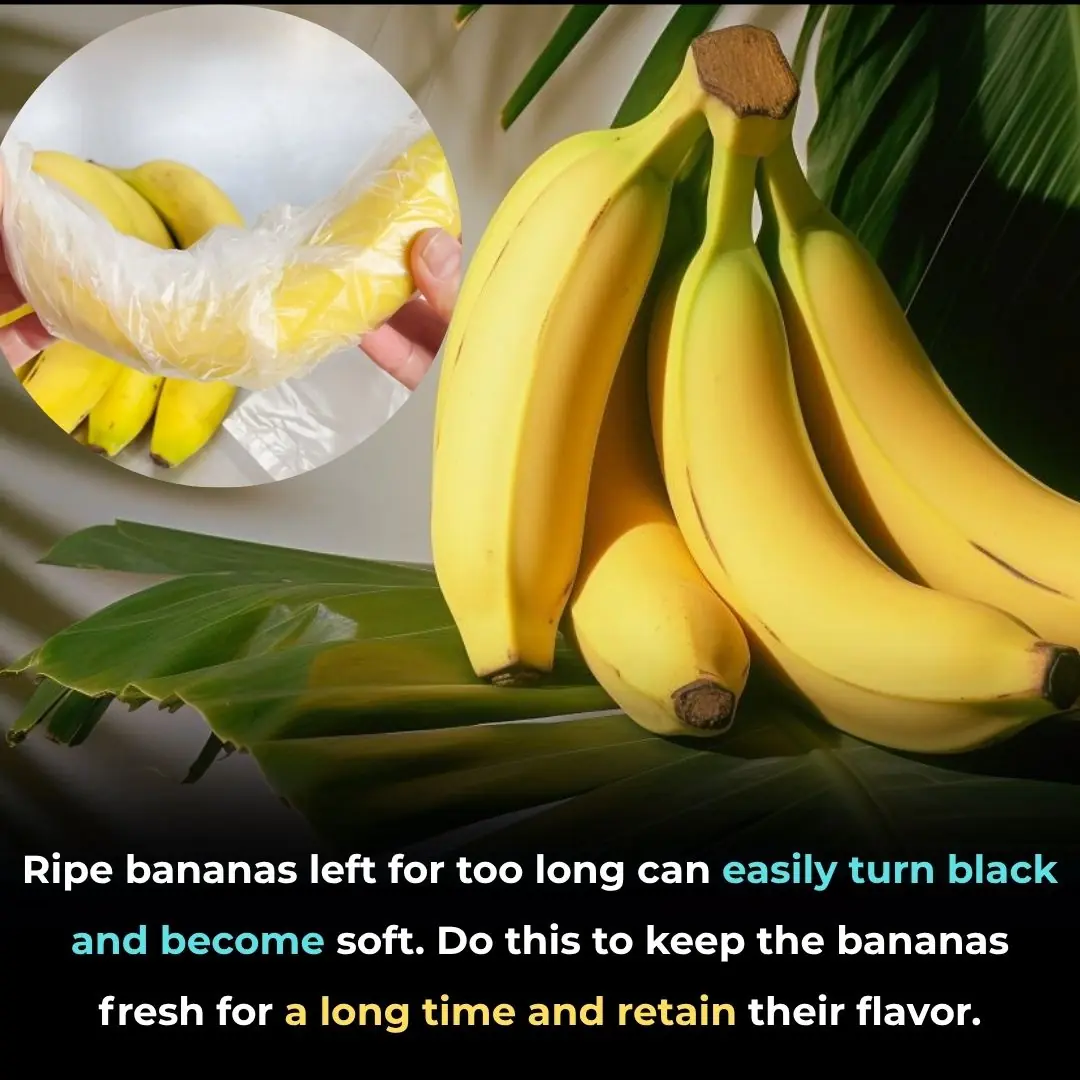
Ripe bananas left for too long can easily turn black and become soft. Do this to keep the bananas fresh for a long time and retain their flavor.

Mistakes many Vietnamese people make when preserving eggs – be careful not to invite them into your life.
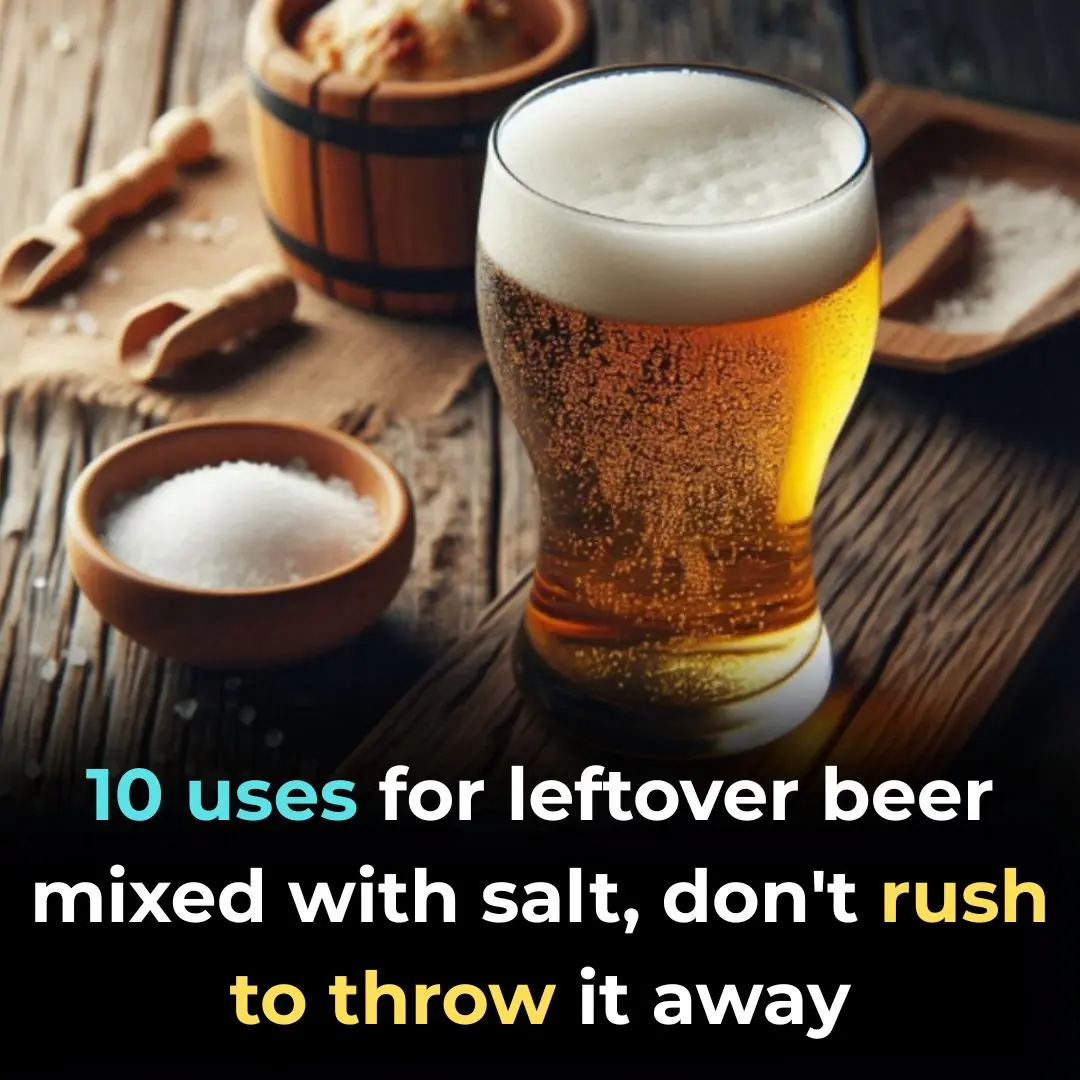
10 uses for leftover beer mixed with salt, don't rush to throw it away
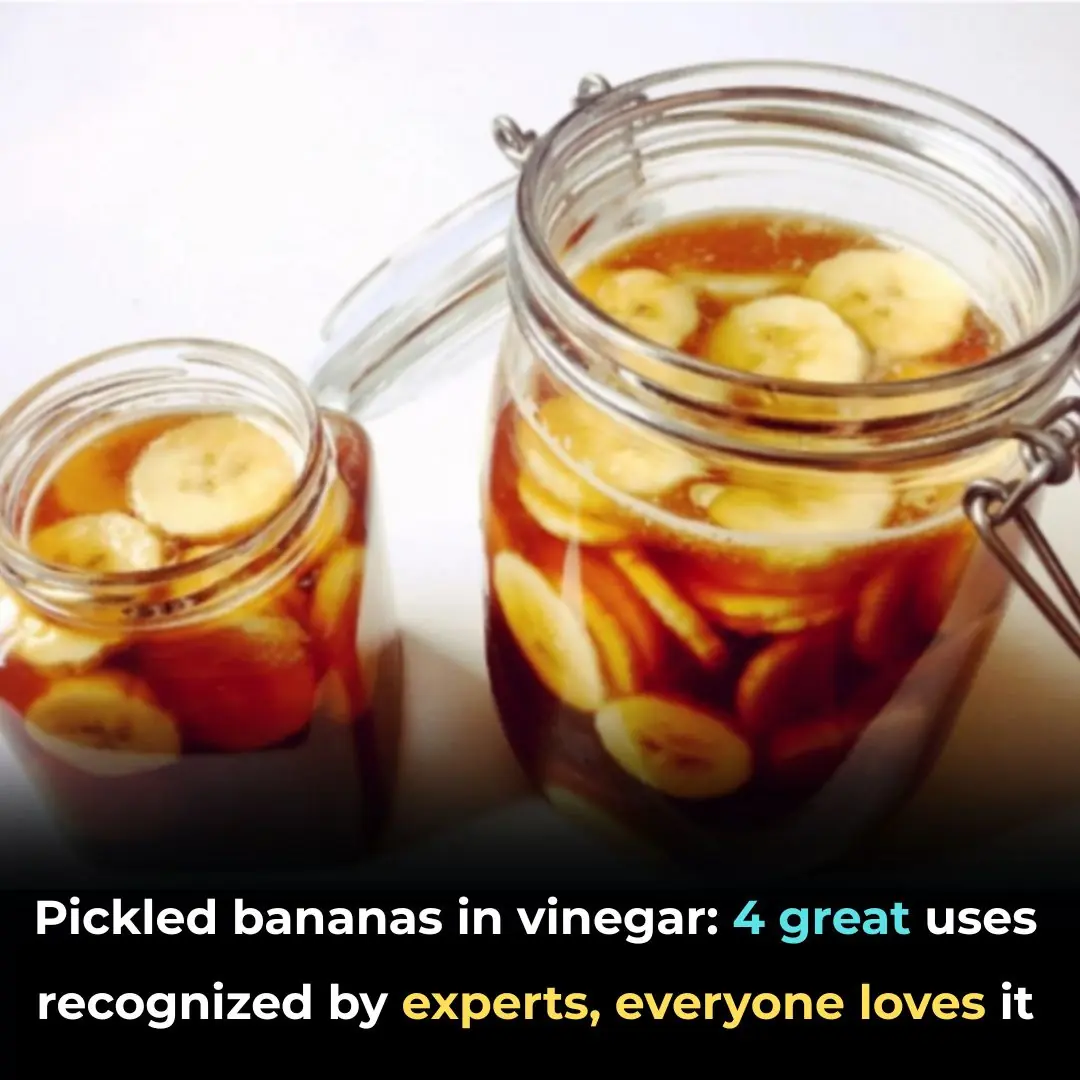
Pickled bananas in vinegar: 4 great uses recognized by experts, everyone loves it

Clean Your Floors Once a Week Using This Method – Always Fresh and Dust-Free
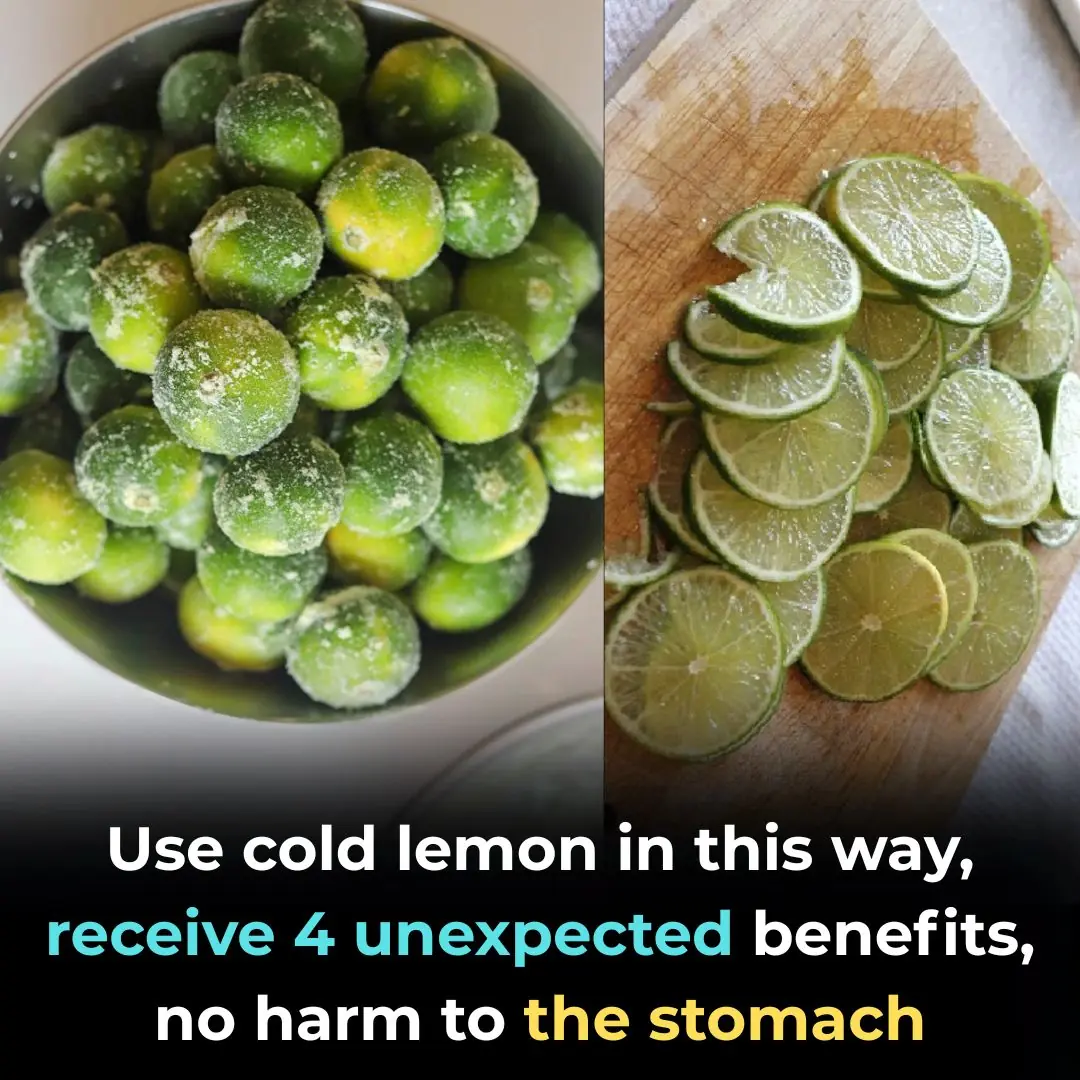
Use cold lemon in this way, receive 4 unexpected benefits, no harm to the stomach
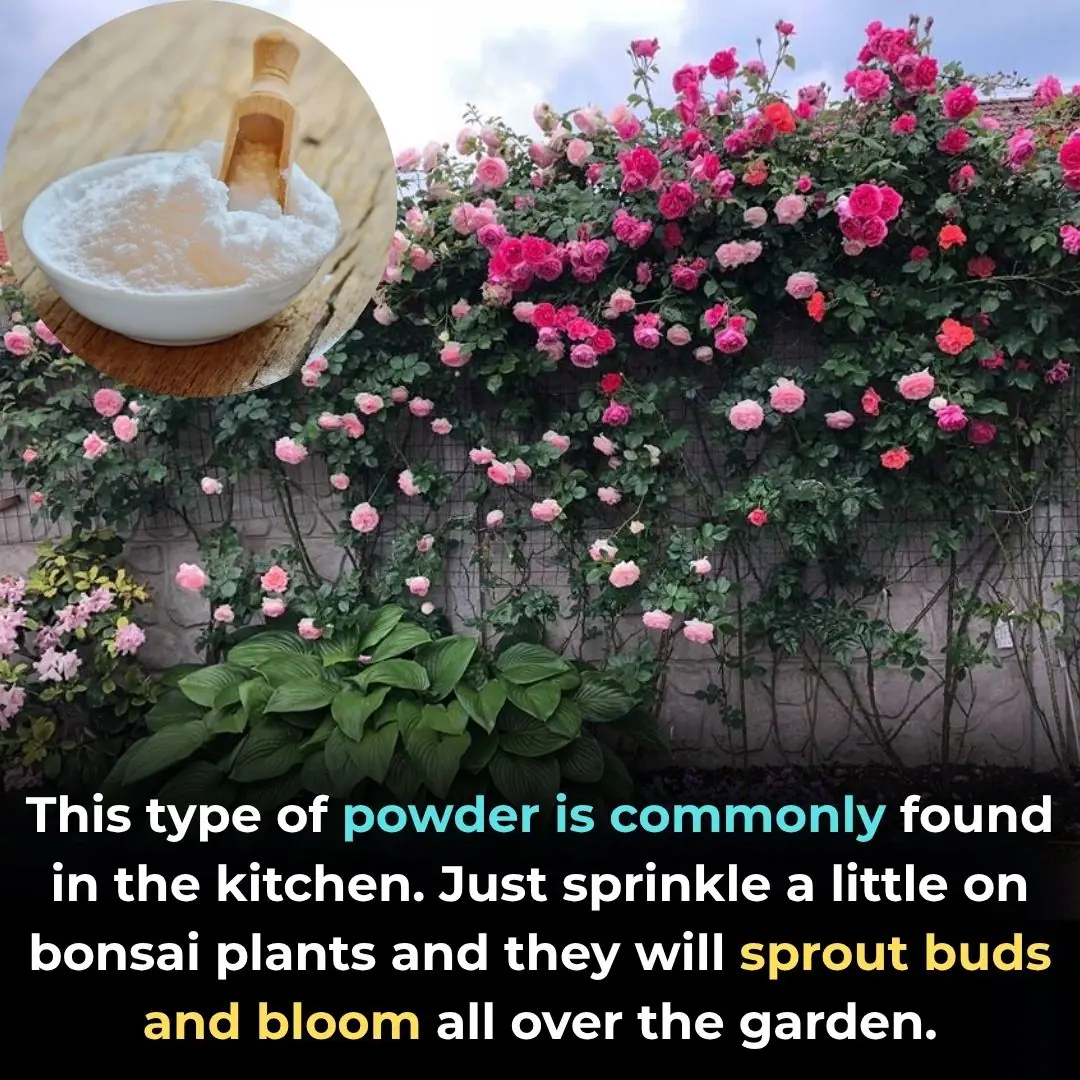
This type of powder is commonly found in the kitchen. Just sprinkle a little on bonsai plants and they will sprout buds and bloom all over the garden.

What Does Your Sitting Position Reveal About Your Personality

The Uses Of This Small Hole On a Padlock
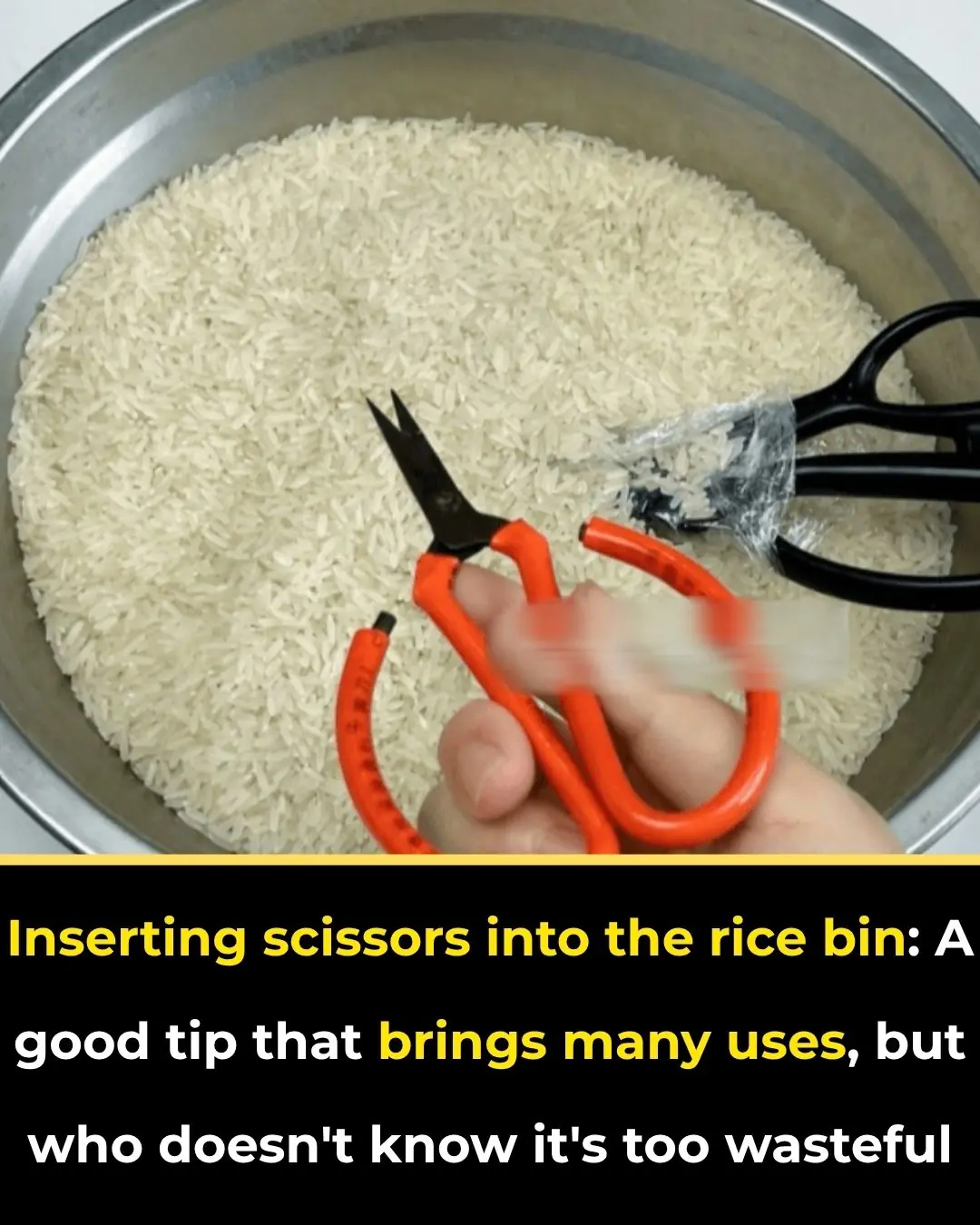
Inserting scissors into the rice bin: A good tip that brings many uses, but who doesn't know it's too wasteful

5 Morning Drinks to Boost Kidney Health, Cool the Liver, and Detoxify Your Body

A Simple Sponge Trick For The Fridge

How to Get Rid of Termites That Bore Into Wooden Doors — Protect Your 10-Year-Old Furniture and Keep It Beautiful

What Kind of Bread Are You

How to help you travel thousands of miles without getting carsick
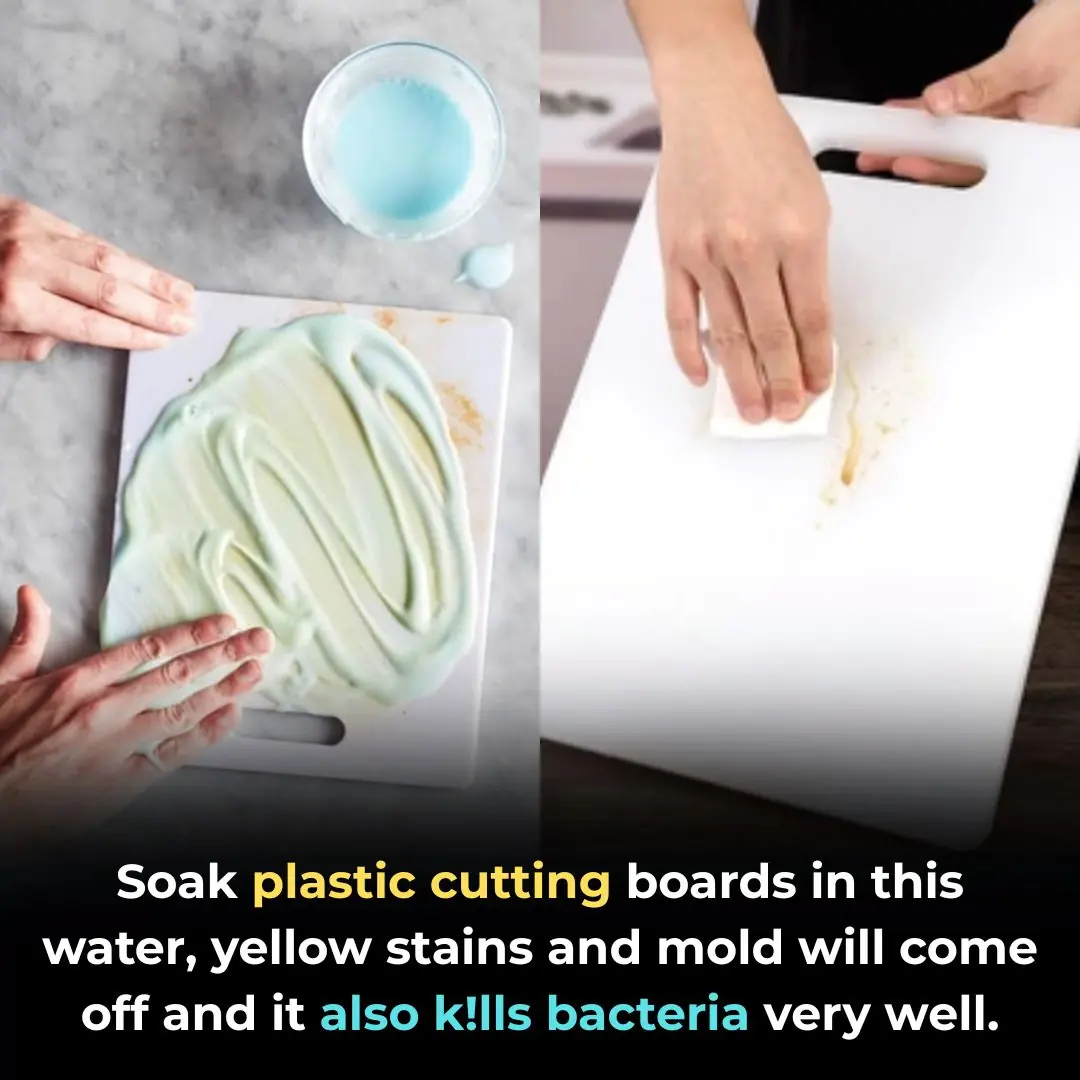
Soak plastic cutting boards in this water, yellow stains and mold will come off and it also kills bacteria very well.
News Post

Truth behind K Pop star's bizarre $4.5 quadrillion 'lawsuit' making her richer than Elon Musk

Calls for chess Grandmaster to be permanently banned after he 'harassed' 29-year-old champion weeks before death
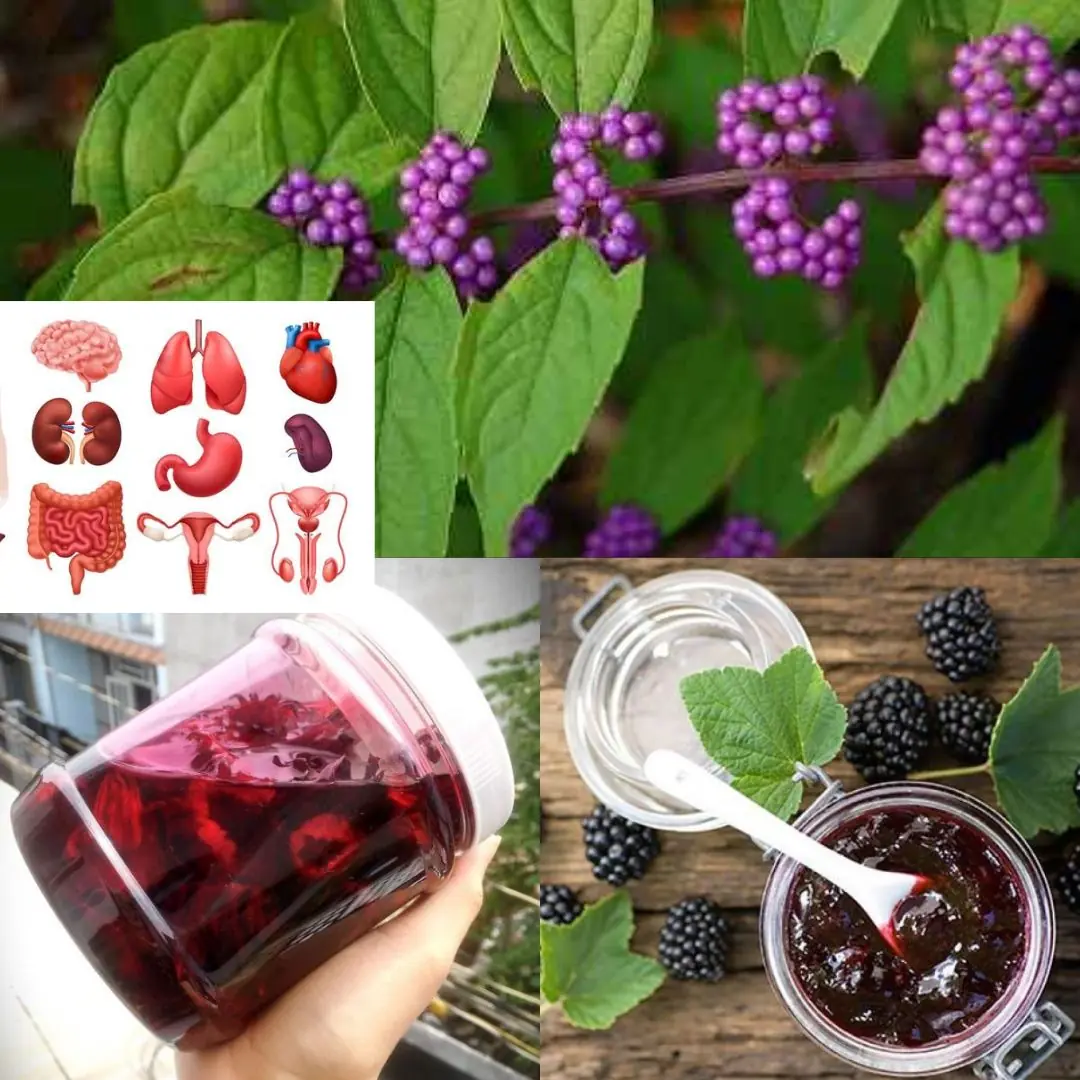
American Beautyberry (Callicarpa americana): Benefits and How to Use It

Holding Cloves in Your Mouth: A Natural Way to Relieve Toothache
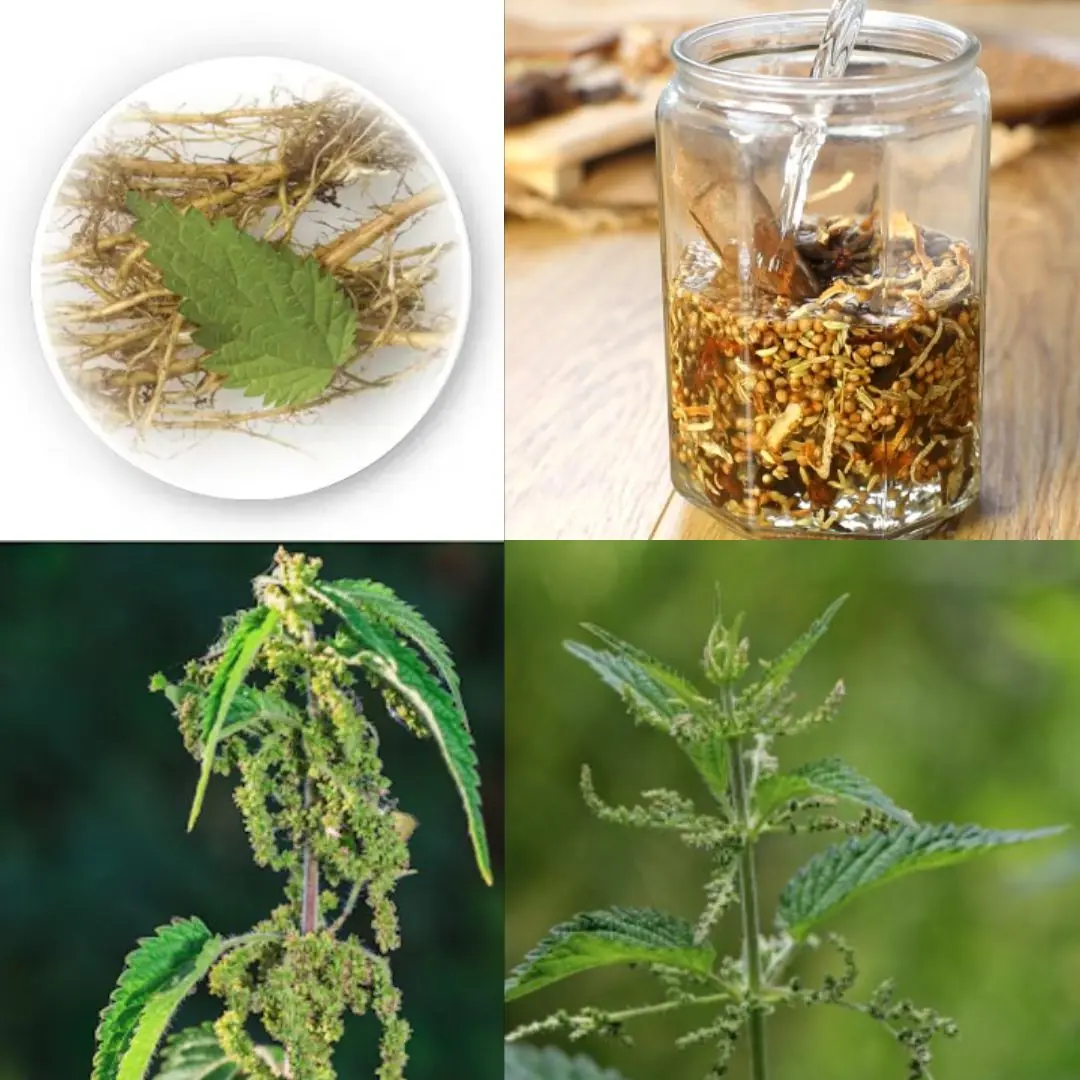
Everybody Hates Stinging Nettle, But Most People Don’t Know the Power of Its Root

A Grocery Store Encounter That Turned Into Something More

A Waitress Said “No” — And Changed a Mother’s Night Completely
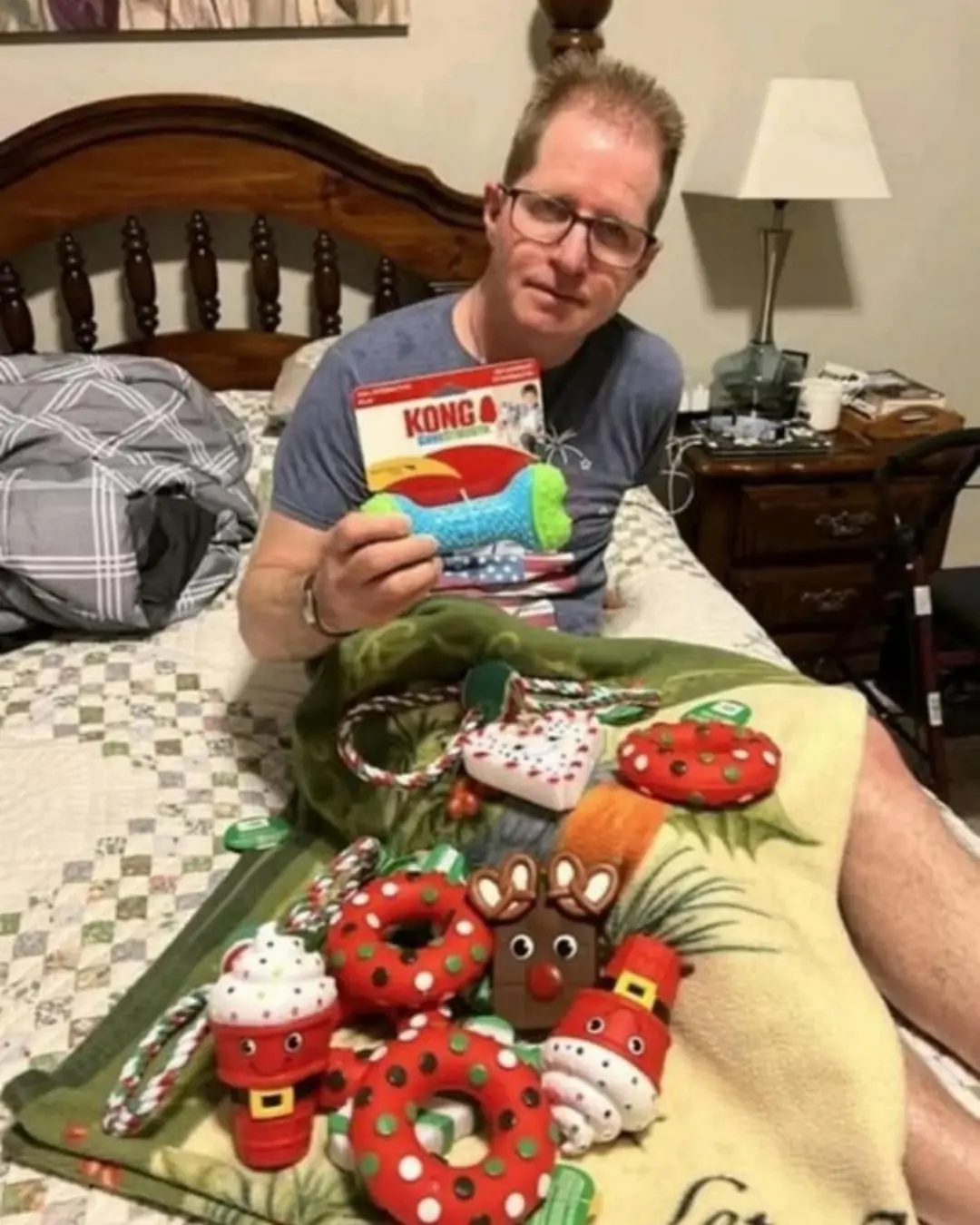
The Secret Santa Who Gives All Year Long — And the Ripple of Kindness He Started

Will’s Best Sunday Ever: A Brave Teen’s Return Home

A Single Gesture That United a Crowd in Emotion

Agatka’s Fight: A Little Girl’s Battle With Severe Aplastic Anemia

Laika’s Last Journey: The Little Dog Who Touched the Stars

The Long Road Home: Max’s Journey Back to Love.

A Small Act of Kindness in Athens.

From the Cold Rain to a Warm Home.

Wild Elephant Chases Tourists in Bandipur Forest: One Injured in Close Call

A Ride Home, A Lesson in Humanity.

What a Hero: The Unyielding Spirit of Josephine Margaret Pescatore.

Jake’s Roses of Love and Respect.
